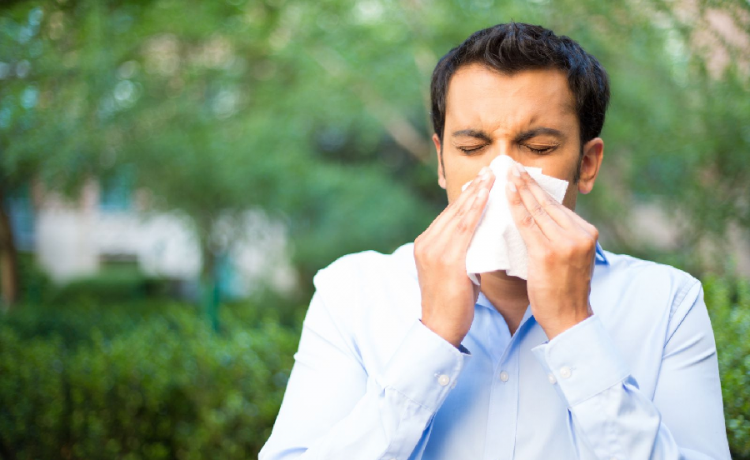Most people don’t know this, but being exposed to mold is easier than you think. This is because molds occur in so many different environments and if you are unfortunate enough to get exposed, the impact on your health can be far reaching. If you have been exposed to mold, the symptoms can go beyond an allergic response and can include a vast range from sapping fatigue, to cognitive issues, dysregulated hormones, achy joints, and others.
To make matters worse, you may have been exposed to mold, and simply not know. Mold could be disguised as a fine powder or hidden behind walls instead of the striking black spots that most of us associate it with.
So if you suspect that you are suffering from symptoms of mold exposure, below are steps you can take to fully recover.
Steps on How to Recover From Mold Exposure
Test your environment for mold
The first thing you should do is test you environment to ascertain that the symptoms you are experiencing are actually from mold exposure. Testing your home or office environment is necessary as most mold exposure related illnesses share symptoms with other chronic allergic conditions such as Lyme. We recommend that you hire a professional to perform this task for you.
Remove yourself from environments with mold
After testing your home or workplace and it is confirmed that it has mold, the best thing to do is to avoid that environment until the fungi is removed by experts. Also, avoid items like wood, clothes, and paper as they are prone to contamination.
Follow an individualized mold treatment plan recommended by a specialist
Consult with a specialist in the field of mold exposure for advise on what to do to quickly remedy the effects of this fungi on your body. Even though consulting your personal physician isn’t a bad idea, we recommend a specialist as he or she is familiar with the latest research and remedies for mold and mycotoxins.
Consider how your diet will affect recovery from exposure
There are foods that can work against your recovery from mold exposure. You should, therefore, avoid high inflammatory diets with processed foods and added sugars. Also, don’t eat foods that are prone to mold contamination. These foods include:
- Rye
- Wheat
- Corn
- Peanuts
- Spelt
- Barley
- Cocoa
- Dried fruit
- Dried spices
- Alcohol
- Oats
- Bread
Instead, your diet should consist of foods that are rich in antioxidants, fibers, and that support detoxification. Also, consider eating organic foods as much as possible as such a diet can help lower the symptoms of mold exposure by a very big margin. Vegetables such as brussels, bok choy, kale, cabbage, cauliflower, and broccoli are also very helpful. Therefore, you should increase their intake together with that of foods with antifungal properties such as lemon, coconut, onion, ginger, garlic, and olive oil.
Exposure to mold can have a major impact on your health. If you suspect that you’ve been exposed, following the steps we’ve listed above will help you recover.













